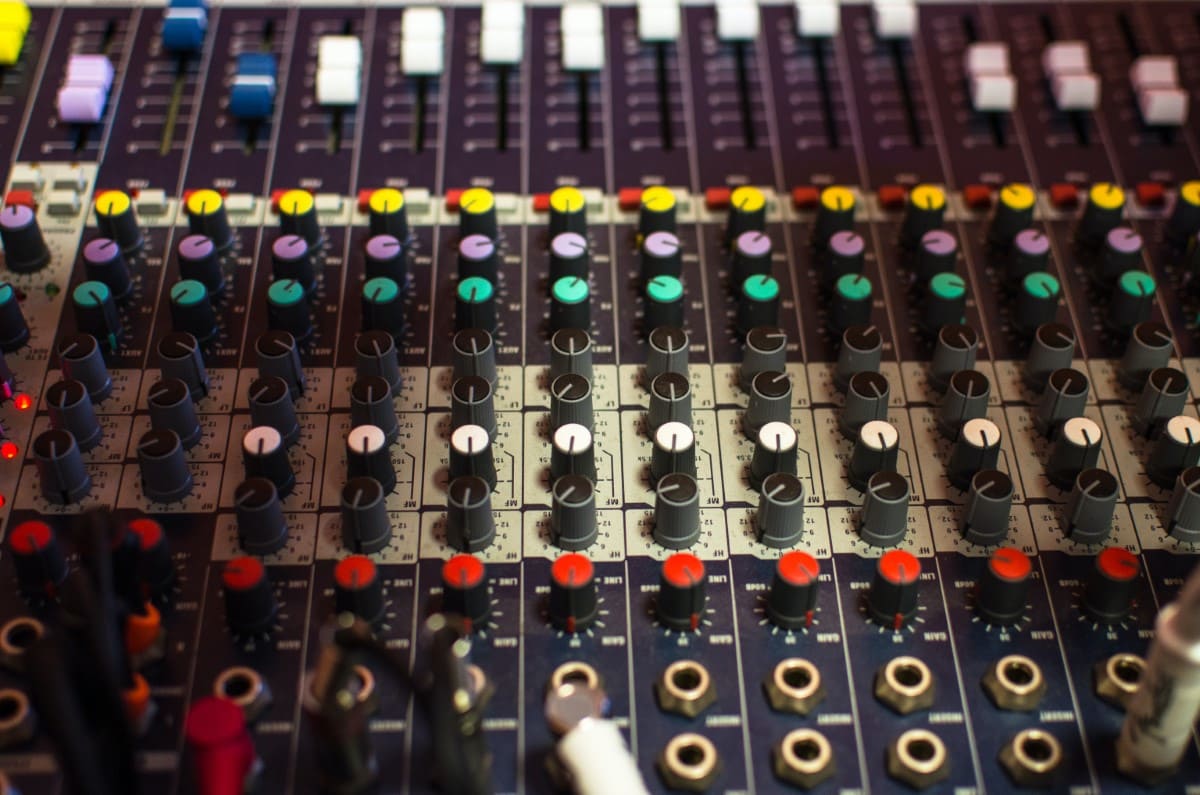The music industry has undergone profound transformations over the last century, largely driven by rapid technological advancements. From the first phonographs to the sophisticated digital streaming platforms of today, each technological leap has reshaped how music is created, distributed, and consumed. This article explores the monumental impact of technology on the music industry, highlighting key innovations that have revolutionized the landscape of music and opened new horizons for artists and audiences alike.
The Dawn of Recorded Sound
The journey begins in the late 19th century with Thomas Edison's invention of the phonograph. This device not only allowed sound to be recorded but also played back, setting the stage for the commercial music industry. As the technology evolved, so did the quality and accessibility of recorded music. The gramophone and later the 33 1/3 RPM long-playing record (LP) introduced by Columbia Records in 1948 made music a mainstay in homes around the world, providing listeners with unprecedented access to a wide array of music.
The Era of Electronic and Digital Innovations
The mid-20th century witnessed a series of electronic innovations that further transformed the music industry. The introduction of magnetic tape technology facilitated multi-track recording, enabling artists and producers to experiment with complex sound layers and effects, ultimately revolutionizing music production. The 1980s saw the advent of the compact disc (CD), which offered clearer sound quality and greater durability, quickly becoming the preferred medium for music distribution.
However, the most significant change came with the rise of digital technology. The launch of the MPEG Audio Layer III file, or MP3, in the early 1990s, followed by the development of peer-to-peer (P2P) file sharing networks, dramatically altered the way music was consumed. While these technologies led to widespread piracy issues, they also paved the way for legitimate digital distribution.
The Streaming Revolution
The next major shift was the move from digital downloads to streaming. Platforms like Spotify, Apple Music, and YouTube have become central to music consumption, offering vast libraries of music accessible anytime, anywhere. Streaming services provide a convenient and user-friendly way to access music, dramatically expanding the audience reach for artists. They also allow for unprecedented levels of data collection and analysis, giving the industry valuable insights into listener preferences and habits, which can be used to tailor marketing strategies and music production.
The Democratization of Music Creation
Technology has not only changed the way music is distributed but also how it is created. Advances in software and hardware have democratized music production, allowing anyone with a computer to record, produce, and distribute their music without the need for expensive studio time. This has led to a surge in independent music production and has helped diversify the music landscape by giving a platform to voices that might otherwise not be heard.
Challenges and Opportunities Ahead
Despite its many benefits, the rise of technology in music also presents challenges. The shift to streaming, for instance, has significantly altered revenue models, and many artists struggle to derive sustainable income from streams alone. Moreover, the ease of music production and distribution has led to a saturated market, making it harder for artists to stand out.
Conclusion: Harmonizing Technology and Music
As we look to the future, it is clear that technology will continue to play a pivotal role in shaping the music industry. Virtual reality, artificial intelligence, and further advancements in streaming and distribution will likely lead to new ways for artists to connect with fans and for fans to experience music. The challenge for the industry will be to ensure that these technologies enhance the art of music without undermining the artists' ability to thrive. The intersection of music and technology, when navigated wisely, holds the promise of an even richer and more inclusive global music culture.






